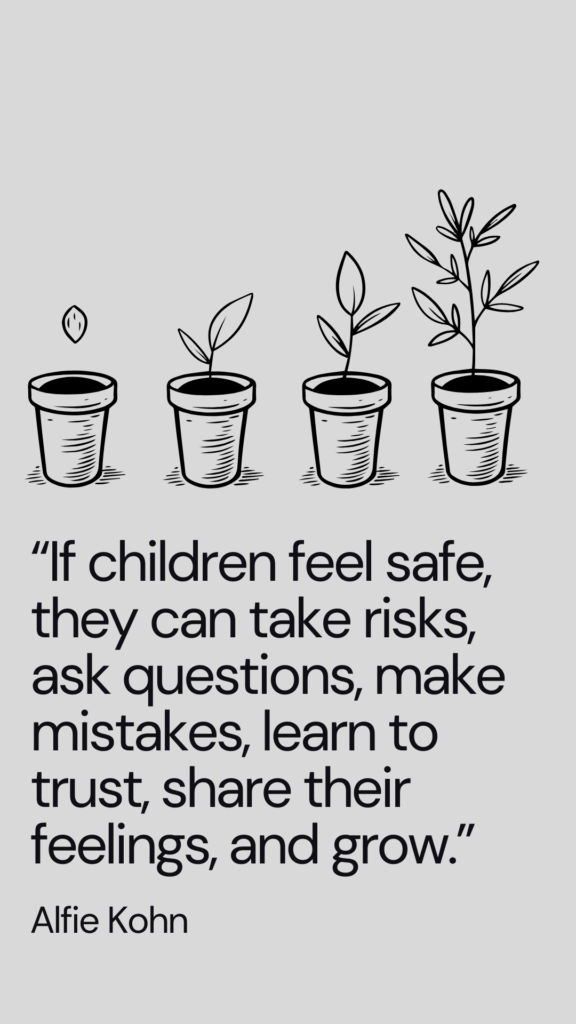Environments play a key role in supporting and extending children’s development and learning. This includes their mental health, as when children feel emotionally safe and secure, they are able to play, explore and take risks. Enabling environments promote positive social interactions allowing children to build resilient relationships and feel valued, included and supported.
In the EYFS the environment is described in terms of three aspects: The emotional environment, the outdoor environment, the indoor environment.

The physical spaces, both indoor and outdoor, can help promote resilience by being calm, organised and predictable. This can result in children and families that feel safe and secure which will reflect in how they behave and interact. Environments that are chaotic and unpredictable may result in children feeling anxious or overwhelmed.
It is important for organisations such as nurseries, childminders and early years support services to think about what an enabling environment looks like for their setting. A positive emotional environment promotes emotional wellbeing and resilience as well as providing stability for children. Adults will respond to the needs of the babies and children by providing emotional support, understanding their feelings and showing empathy.
Read the following document to understand enabling environments in further depth. You might want to focus on emotional environments explored in pages 8 – 15. This is written specifically for schools and early years providers but some of these principles could also be applied to other settings.
It is clear that to create an enabling environment, professionals must consider not only the physical environment indoors and outdoors but also the emotional environment, recognising the significance of parent-practitioner relationships and how safe and at home the children feel within the setting.

Apply Your Thinking:
Reflect on what you have learnt about enabling environments and answer the following questions:
- How might settings and services create environments of familiarity, belonging and connection for babies and young children?
- What might nurturing spaces that cater to diverse needs, abilities and backgrounds look like?
- Imagine a setting or service which is committed to building an emotionally secure environment. How might the environment reflect the aims to support attachment, build resilience and promote positive mental health and wellbeing in infancy?






